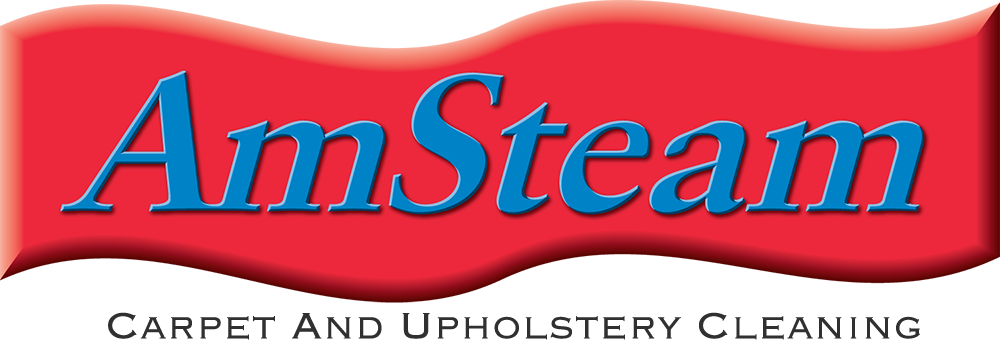AmSteam is an IIRC Certified company and we deal with water damage restoration on regular basis. We offer 24-hour emergency response as well as full restoration services. We always recommend hiring professionals to do water damage cleanup as soon as possible after a flood, but the IIRC also offers this great advice on how to clean up after water damage has occurred.
The IICRC offers these tips to clean up after floods:
- Use caution when entering buildings. Make sure electrical power is off and the structure is sound before entering and inspecting a flooded building. Small animals or reptiles may also seek shelter inside a structure, so be cautious when repositioning contents or removing materials.
- Protect yourself. Wear an organic vapor respirator, available from paint or building supply stores, along with rubber gloves, eye protection and protective clothing. Ventilate affected areas by opening windows, and eventually, by placing a fan in a window. Work toward the fan as you clean to minimize cross contamination.
- Know what items to throw away. Porous items that absorb contaminated flood water shouldn’t be restored. Drywall, carpet and pad, mattresses, pillows, box springs and particle board normally should be discarded if wet.
- Wet clothing and many household fabrics may be salvageable. Machine washing, including at least a 10-minute soak in detergent and hot water, should remove most contamination and stains.
- Open pockets of saturation. Remove base molding and portions of damaged walls and wet insulation. Locate the water line and measure 15 inches to 20 inches above it. Everything below that should be removed and discarded. Flooring, such as hardwood, laminate or sheet vinyl, should be removed to expose pockets of saturation underneath for cleaning, sanitizing and drying.
- Clean aggressively. Wall cavities and exposed durable materials (studs, joists) should be cleaned by pressure washing with detergent solutions. After thoroughly cleaning and flushing salvageable materials, apply a disinfectant solution liberally. A water restoration professional may be needed to perform this service safely and effectively.
- Prevent mold growth. Although it takes a few days to appear, mold thrives in a moist environment with organic material (e.g., paper or particle board), and temperatures between 68°F and 86°F. Keep air moving and maintain moderate temperatures as possible.
- Dry out before you rebuild. To prevent dry rot and on-going structural damage, don’t reconstruct or cover wood materials until its moisture content falls below 16 percent. Moisture meters are available online, but it may be best to hire a water restoration professional to confirm proper drying before reconstruction.
Consider hiring a professional. A professional water damage restoration company has trained technicians, specialized cleaners and antimicrobial agents, and extraction, drying, dehumidifying and moisture measuring equipment.
Call us to find out more about our water damage restoration services today.
*Article Source: http://www.iicrc.org/consumers/care/water-damage/
